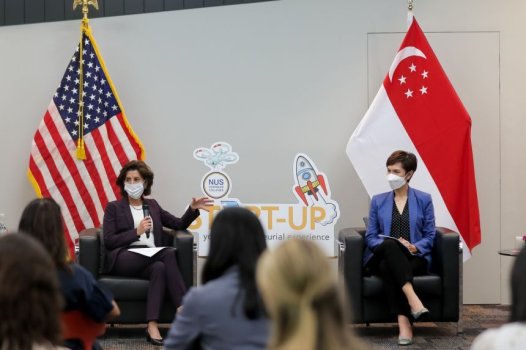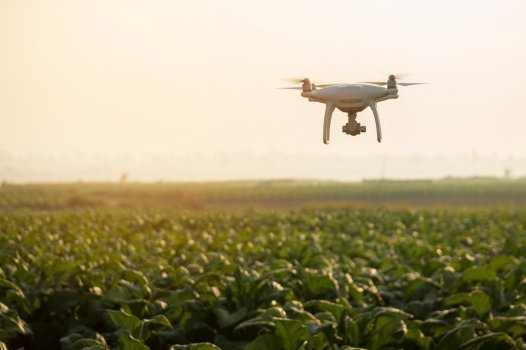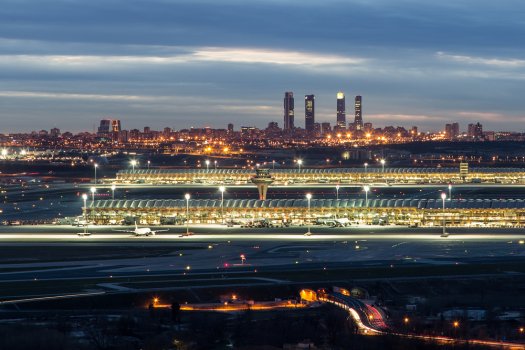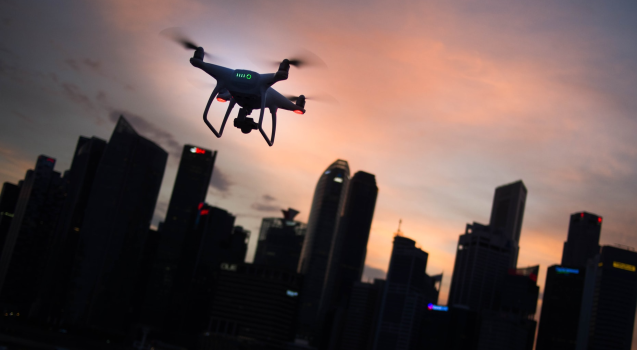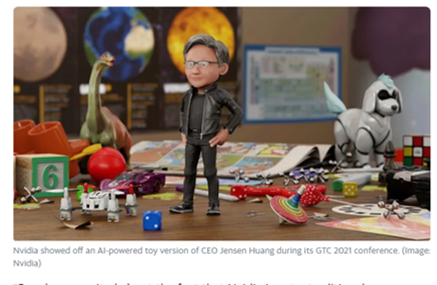Interview with Women in Tech finalist Yoobic
- Technology Workforce
- 0 Replies
Women in Tech Excellence Awards will be back in person this month after waiting for two years. And I can’t wait to celebrate once again the wonderful work women are doing across technology.
A very important award for the industry and all of us here Computing.. Celebrating diversity is essential for us to move away from the well-established “tech-bro” culture and into a more welcoming culture.
Christel Grizaut, marketing SVP at Yoobic, finalist at the Women in Tech Awards, said it was important to move away from an exclusive approach to technology. After all, women make up at least half of your intended audience.
Why support computing WomWould you like to participate in the Tech Excellence Campaign?
This has not been translated into the technology industry, despite advances generally made to bridge the gap in achievement and equality between men and women throughout society. Current estimates indicate that females occupy about a quarter (25%) of the available roles, even though they make up almost half of the world’s workforce, which causes great damage to the industry. I am. At a basic level, one of the key issues with this imbalance is that females make up about half of the technology’s target audience in all of the different outputs. Therefore, if the solutions offered appeal to this core audience, they should be represented at all stages of research, product development, and market launch.
Continue reading: https://texasnewstoday.com/interview-with-women-in-tech-finalist-yoobic/538834/
A very important award for the industry and all of us here Computing.. Celebrating diversity is essential for us to move away from the well-established “tech-bro” culture and into a more welcoming culture.
Christel Grizaut, marketing SVP at Yoobic, finalist at the Women in Tech Awards, said it was important to move away from an exclusive approach to technology. After all, women make up at least half of your intended audience.
Why support computing WomWould you like to participate in the Tech Excellence Campaign?
This has not been translated into the technology industry, despite advances generally made to bridge the gap in achievement and equality between men and women throughout society. Current estimates indicate that females occupy about a quarter (25%) of the available roles, even though they make up almost half of the world’s workforce, which causes great damage to the industry. I am. At a basic level, one of the key issues with this imbalance is that females make up about half of the technology’s target audience in all of the different outputs. Therefore, if the solutions offered appeal to this core audience, they should be represented at all stages of research, product development, and market launch.
Continue reading: https://texasnewstoday.com/interview-with-women-in-tech-finalist-yoobic/538834/


